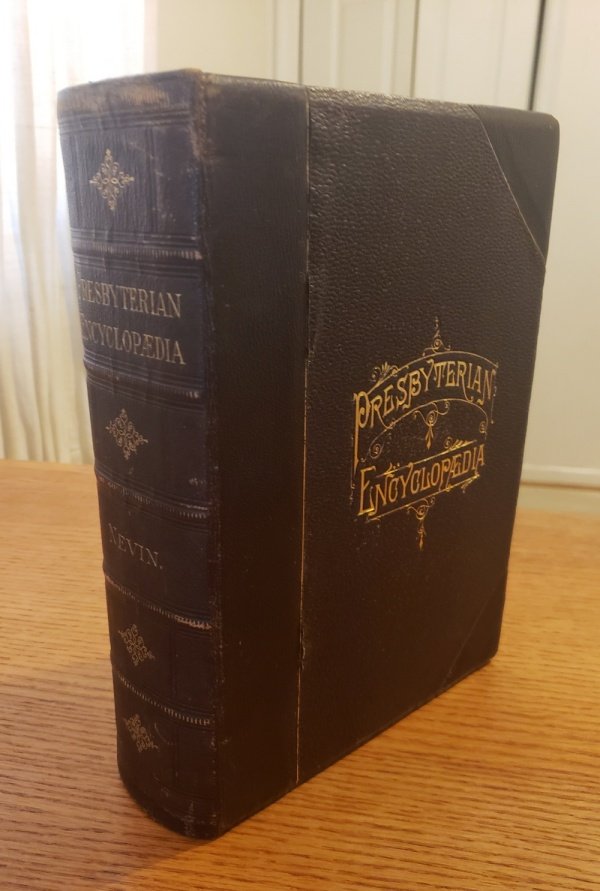Receive our blog posts in your email by filling out the form at the bottom of this page.
Helen Keller is an inspirational figure in history because of her remarkable achievements despite extraordinary handicaps. With the patient instruction of her teacher, Annie Sullivan, Helen Keller was able to overcome tremendous obstacles. Keller was religious (and counted among her friends the famous Presbyterian minister Henry Jackson Van Dyke, Jr.), but not in the orthodox sense; in her book, My Religion (1927), she claimed to be a Swedenborgian. However, despite that theological perspective, one cannot consider her remarkable life without an appreciation for her amazing story.
J.R. Miller, in his chapter on “Courage to Live Nobly,”* writes of a lesson that can be gleaned from the life of Helen Keller.
Some of us are dimly aware of the great possibilities in us, yet lack the energy and the earnestness necessary to release our imprisoned faculties and give them wing. One of the most wonderful stories of the conquest of difficulty is that of Helen Keller. She was blind, she was deaf, she could not speak. Her soul was hidden away in an impenetrable darkness. Yet she has overcome all these seemingly invincible obstacles and barriers and now stands in the ranks of intelligence and scholarship. We have a glimpse of what goes on in her brave soul in such words as these: “Sometimes, it is true, a sense of isolation enfolds me like a cold mist as I sit alone and wait at life’s shut gate. Beyond, there is life and music and sweet companionship; but I may not enter. Fate, silent, pitiless, bars the way. Fain would I question His imperious decree; for my heart is still undisciplined and passionate; but my tongue will not utter the bitter, futile words that rise to my lips, and they fall back into my heart like unshed tears. Silence sits immense on my soul. Then comes hope with a smile and whispers, ‘There is joy in self-forgetfulness.’ So I try to make the light in others’ eyes my sun, the music in others’ ears my symphony, the smile on others’ lips my happiness.”
Helen Keller, in one little sentence that she has written, discloses the secret of all that she has achieved and attained. This resolve, she herself says, has been the keynote of her life. “I resolved to regard as mere impertinences of fate the handicaps which were placed about my life almost at the beginning. I resolved that they should not dwarf my soul, but, rather, should be made to blossom, like Aaron’s rod that budded.”
Some of us, with no such hindrances, with no such walls and barriers imprisoning our being, with almost nothing in the way of the full development of our powers, with everything favorable thereto, have scarcely found our souls. We have eyes, but we see not the glory of God about us and above us. We have ears, but we hear not the music of divine love which sings all round us. It may not always be easy for us to learn to know the blessed things of God which fill all the world. But if we had half the eagerness that Helen Keller has shown in overcoming hindrances, half the energy, think how far we would be advanced to-day! We would then regard as mere impertinences of fate the handicaps which are about us, making it hard for us to reach out and find the best things of life. We would not allow our souls to be dwarfed by any hindrances, but would struggle on until we are free from all shackles and restraints, and until we have grown into the full beauty of Christ.
Sometimes young people are heard complaining of their condition or circumstances as excuse for their making so little of their lives. Because they are poor, and no rich friend gives them money to help them, or because they have some physical infirmity or hindrance, or because they have not had good early advantages, they give up and submit to stay where they are. The story of Helen Keller should shame all such yielding to the small inconveniences and obstacles that best young people in ordinary conditions. They should regard their limitations and hindrances as only impertinences, to be bravely set aside by undismayed and unconquerable energy, or rather, as barriers set not to obstruct the way but to nerve and stimulate them to heroic endeavor before which all obstacles will vanish.
* J.R. Miller, When the Song Begins (1905), pp. 192-195; J.R. Miller, The Blossom of Thorns (1905), pp. 192-195
May this meditation for the day bring inspiration to consider how we may persevere in the face of obstacles in the strength of Christ to overcome, and to see more than we did before, and hear more than we can now, and to speak and do more to the praise of God.



















